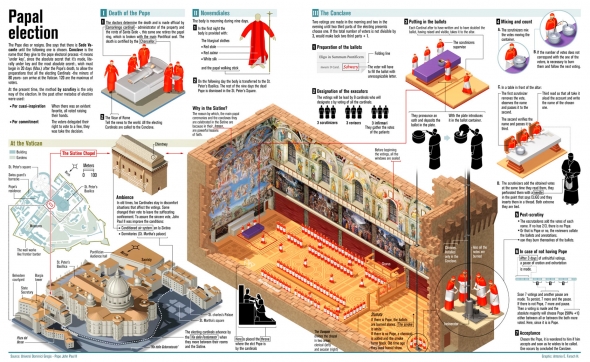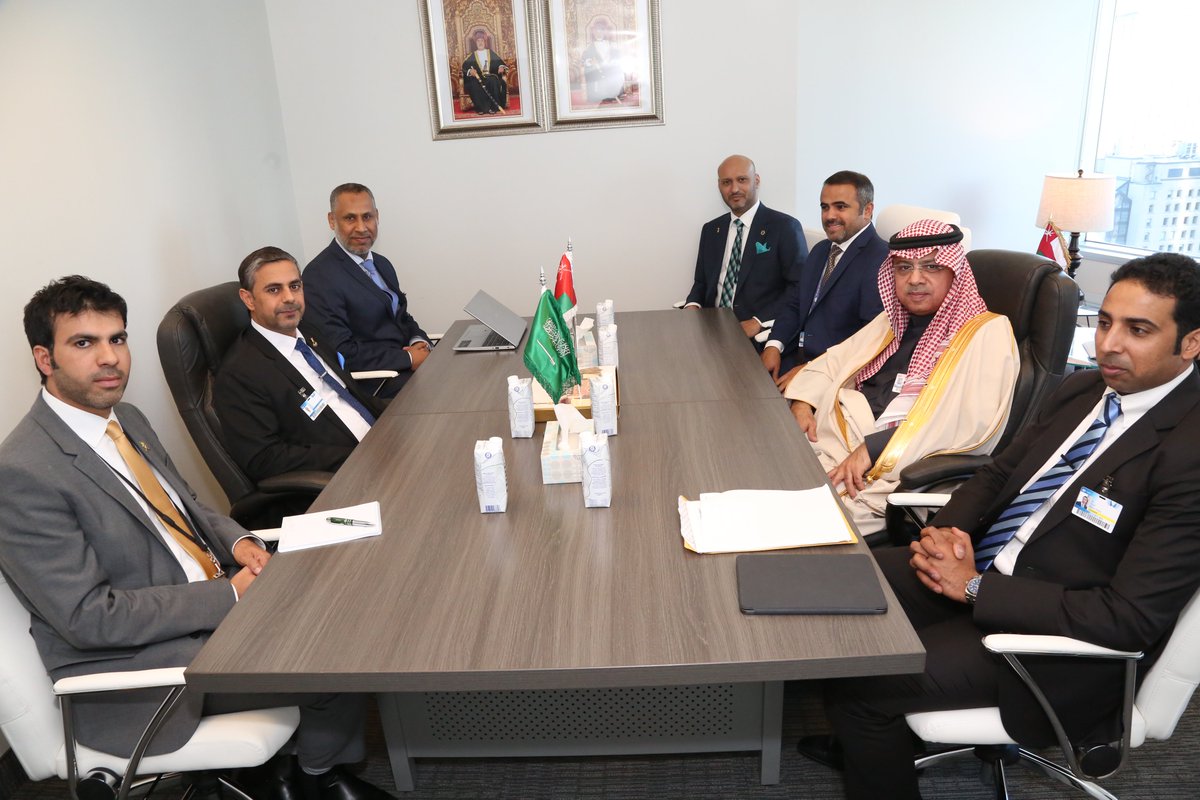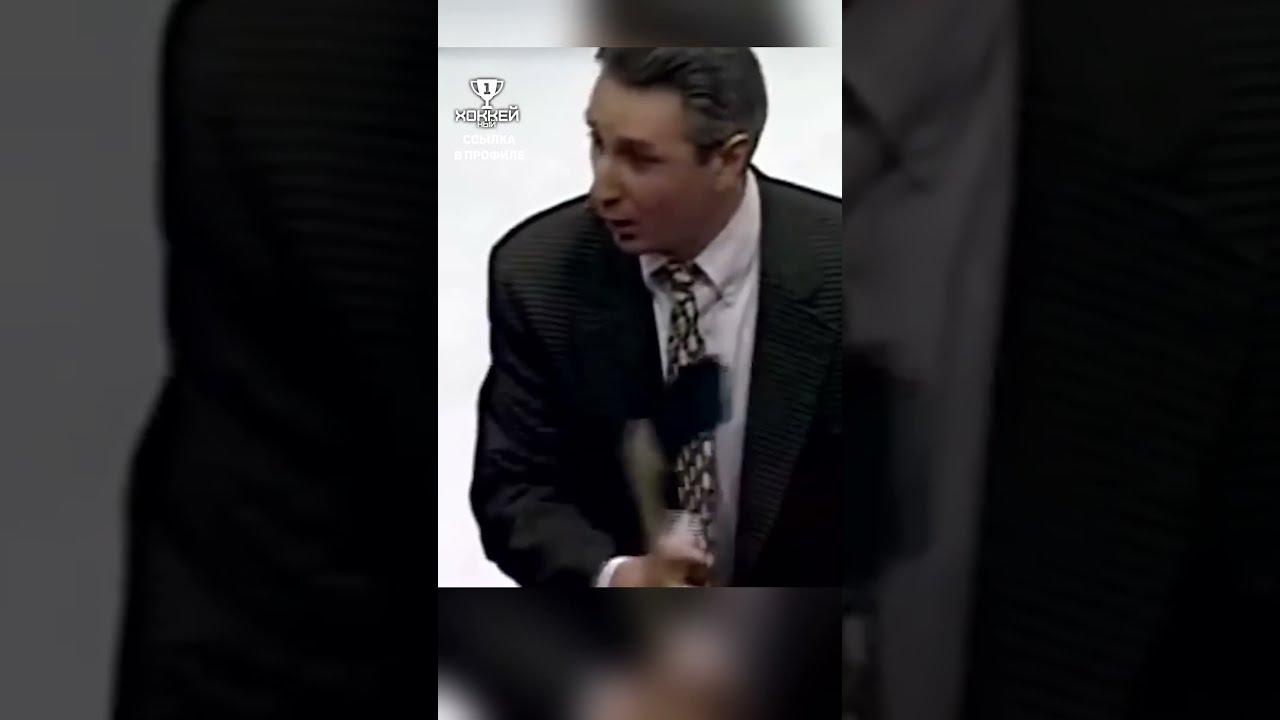Conclave Process: How Cardinals Elect The Next Pope

Table of Contents
The Pre-Conclave Period: Preparations and Expectations
The period between the Pope's death or resignation and the beginning of the Conclave is a time of prayer, reflection, and intense preparation. This crucial phase sets the stage for the election itself. Several key events mark this period:
-
The announcement of the Pope's death/resignation: This announcement, made officially by the Cardinal Camerlengo, plunges the Catholic world into a period of mourning and reflection. The news is disseminated globally, impacting millions of believers.
-
The role of the Cardinal Camerlengo (Chamberlain): The Camerlengo acts as the head of the Papal household during the vacancy, overseeing the administration of the Vatican and preparing for the Conclave. Their responsibilities are numerous and critical during this transitional time.
-
The preparation of the Sistine Chapel: The Sistine Chapel, the historic venue for the Conclave, undergoes meticulous preparation. This includes cleaning, securing the premises, and installing the necessary voting equipment and accommodations for the cardinals.
-
The gathering of Cardinals in Rome: Cardinals from around the world converge on Rome, adhering to strict rules regarding communication and external contact. This gathering of the College of Cardinals is a significant visual representation of the global nature of the Catholic Church.
-
The importance of prayer and reflection during this time: This period is marked by intense prayer and reflection for both the cardinals and the faithful, seeking divine guidance in the selection of the next Pope. This spiritual aspect is paramount to the entire Conclave Process.
The Conclave: Seclusion and the Election Process
The Conclave itself is characterized by strict rules and regulations designed to ensure secrecy and facilitate a fair and deliberate election. The cardinals live in seclusion, cut off from the outside world:
-
Seclusion within the Sistine Chapel: The cardinals are confined to the Sistine Chapel, with limited contact with the outside world. This seclusion is designed to foster focused deliberation and prevent external influence.
-
The "scrutiny" or voting process: The voting process involves secret ballots, with each cardinal casting their vote individually. The ballots are meticulously counted by scrutineers, ensuring accuracy and fairness.
-
The role of the scrutineers: These cardinals are responsible for counting the ballots and ensuring the integrity of the voting process. Their role is crucial in maintaining the transparency and fairness of the election.
-
The "fumata bianca" (white smoke): The appearance of white smoke from the Sistine Chapel chimney signifies the election of a new Pope. This visible signal is a dramatic moment eagerly awaited by the world.
-
The significance of the secrecy surrounding the Conclave: The secrecy surrounding the Conclave is vital to ensure a free and fair election, free from external pressures and political maneuvering. This secrecy is a cornerstone of the Conclave Process.
The Voting Process: A Detailed Look
The mechanics of the ballot process are complex, designed to ensure complete anonymity and prevent any form of coercion:
-
Preparation of the ballots: Special ballots are prepared, ensuring anonymity and preventing any form of identification. The meticulous preparation of these ballots underlines the importance of secrecy in the Conclave Process.
-
The act of voting: Each cardinal votes individually and secretly, depositing their ballot into a designated box. The process is solemn and deeply personal.
-
The counting of the votes: The scrutineers carefully count the votes, ensuring accuracy and transparency. The count is conducted with the utmost care to prevent any irregularities.
-
The announcement of the results: The results of each round of voting are announced discreetly to the cardinals. The process continues until a candidate receives the required majority of votes.
-
What happens if no candidate receives the necessary votes: If no candidate receives the necessary votes, the process is repeated until a Pope is elected. This highlights the importance of achieving consensus within the College of Cardinals.
The Aftermath: Announcing the New Pope and Inauguration
Once a Pope is elected, a series of events follows, culminating in the inauguration of the new papacy:
-
The announcement "Habemus Papam!" (We have a Pope!): This iconic announcement, delivered from the balcony of St. Peter's Basilica, signals the successful completion of the Conclave.
-
The appearance of the new Pope on the balcony of St. Peter's Basilica: The new Pope's appearance on the balcony is a momentous occasion, witnessed by millions around the world. It is a symbol of continuity and leadership within the Catholic Church.
-
The inaugural Mass and subsequent events: The inauguration Mass marks the official beginning of the new Pope's reign. Subsequent events solidify the commencement of his papacy.
-
The beginning of the new papacy: The election of a new Pope marks a new chapter for the Catholic Church, with the new pontiff setting the course for the future of the faith.
Conclusion
The Conclave Process, a meticulously orchestrated event shrouded in secrecy, holds immense religious and historical significance. Understanding its intricacies provides a deeper appreciation for the complex procedures involved in electing the leader of the Catholic Church. From the pre-Conclave preparations to the final announcement, each stage contributes to the selection of the next Pope. To learn more about the intricacies of papal elections and the history of the Conclave Process, further research is encouraged. Delve deeper into the fascinating world of the Conclave Process and witness firsthand the tradition and solemnity surrounding the election of the next Pope.

Featured Posts
-
 Tezyz Alrbt Aljwy Byn Ifryqya Walsyn Atfaqyt Teawn Byn Laram Walkhtwt Aljwyt Aljnwbyt Alsynyt
May 07, 2025
Tezyz Alrbt Aljwy Byn Ifryqya Walsyn Atfaqyt Teawn Byn Laram Walkhtwt Aljwyt Aljnwbyt Alsynyt
May 07, 2025 -
 Mercredi L Experience De Jenna Ortega Avec Lady Gaga
May 07, 2025
Mercredi L Experience De Jenna Ortega Avec Lady Gaga
May 07, 2025 -
 Wolves Front Office Navigating The Julius Randle Trade Decision
May 07, 2025
Wolves Front Office Navigating The Julius Randle Trade Decision
May 07, 2025 -
 Air Traffic Control System Modernization Solutions To The Location Uncertainty Problem I Dont Know Where You Are
May 07, 2025
Air Traffic Control System Modernization Solutions To The Location Uncertainty Problem I Dont Know Where You Are
May 07, 2025 -
 Ovechkin I Dinamo Vozvraschenie V Moskvu
May 07, 2025
Ovechkin I Dinamo Vozvraschenie V Moskvu
May 07, 2025
